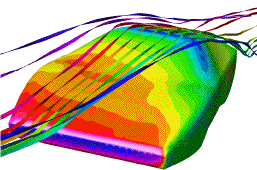We will cover one topic each week or so (2 or 3 lectures). Information on each
topic (e.g. readings, web pointers) will be filled out during the semester
before the classes.
We might also look at one of the following topics if we have time
and there is interest:

